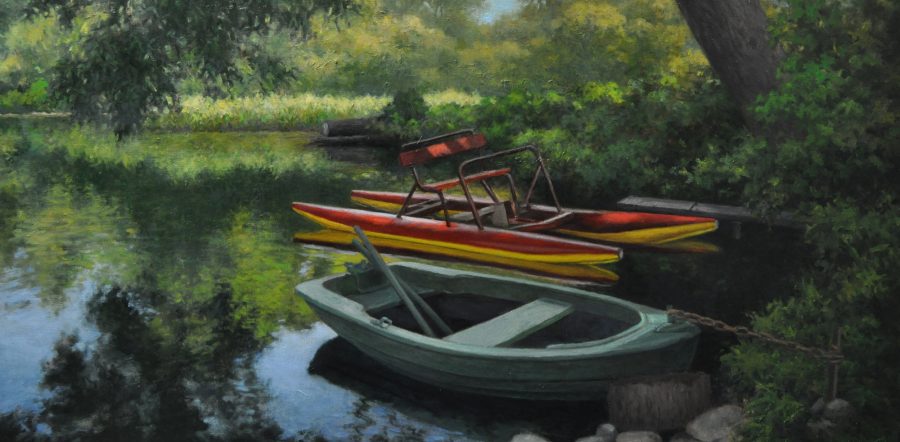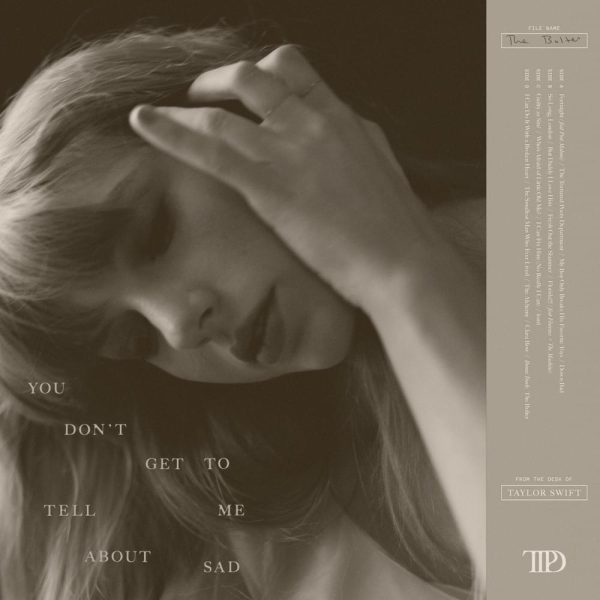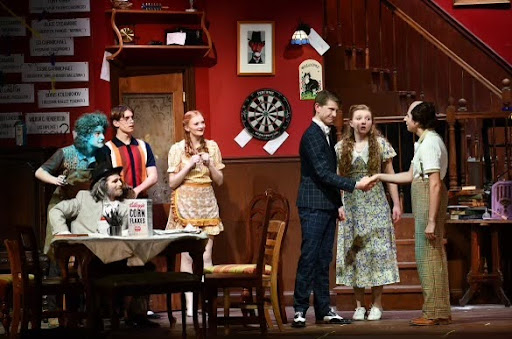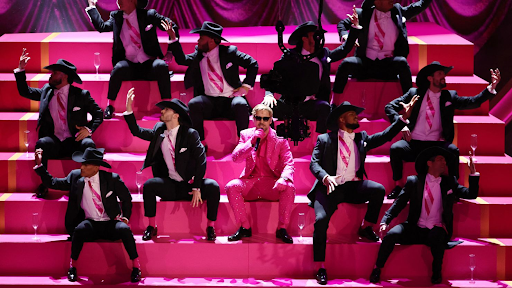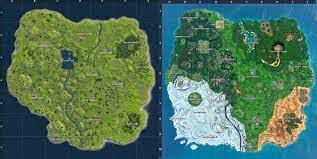An Interview with David Peikon
David Peikon is a local artist and Long Island native who has been painting professionally for 20 years. Although he started out with a more stable career in business after graduating from SUNY Cortland, he gave it all up at the age of 38 to pursue his real dream of becoming an artist. Since then, David has had a very successful career, with 15 solo shows and a long record of A-list clientele, as well as a teaching career at the Long Island Academy of Fine Art. He’s even been featured in the New York Times. Come see his show at the Gallery of Fine Art at Manhasset High School starting this April.
Where on Long Island are you from and how has that influenced your work?
I grew up in Plainview and I currently live in Bethpage, so not far from where I grew up. Living here and seeing the island change so much in the last 58 years… There used to be farms all over our area, believe it or not, and seeing those disappear, seeing everything get built up more, housing developments, open fields disappearing, is what really steered me towards painting the kinds of scenes that I paint, the landscapes reminiscent of what it used to be like kind of when I was growing up.
How did you get into painting?
I’ve been doing it all my life, always loved it, and wanted to do it as a career when I was in high school. When I was 14, I knew that was what I wanted to do, but my parents were against it. I did have a really good art teacher, kind of similar to Mike, very dedicated, pushed the students hard. He was the only person who wanted me to be a painter. But there was a long time between wanting to do it and wind up doing it. I had a career in between which you probably saw reading the bio, so a long time between graduating college in ‘79 and becoming a painter full time in 1996, a long stretch in between.
Did you realize that you wanted to be an artist when you started your career in business?
Yes, I did. But I also kind of wanted to be a functioning adult, you know? And I realized that the likelihood of being able to survive as a painter at that age… When I started in business I was 22 years old and you’re what, 15? 16? So even, you know, 6, 7 years older than what you are now, you’re still kind of a kid, you know? You don’t really know a lot yet. But I knew enough to realize that I couldn’t survive financially if I wanted to have a wife and kids. So I just had to basically put it on hold and at that time I didn’t think it would ever happen as a profession and I just figured it would wind up being a hobby. But then things changed, I winded up being financially successful, and that’s what really enabled me to quit. I had enough money to support my family, pay my mortgage off, and do all that kind of stuff and not worrying too much about the painting selling while I was too busy developing my career.
What is your creative process like when you’re painting a piece?
Well, I start off generally either doing a small study from life or using reference photos that I take myself. I never use anybody else’s. From taking the photos, sorting through them, figuring out what the images look like, and then everything I do at the easel is done in the direct method. So there’s no preparatory sketches done and transferred onto the canvas, I basically pick up a brush and paint and let the thing evolve as I go. I have a good idea of what I want the thing to look like, but I’m letting the process of creating it happen without really strict guidelines. Things can evolve as I see them happening on the canvas, so I can adapt to it and hopefully make a more dynamic picture because it’s not where every answer to the situation is solved before I go to the canvas.
How has your experience as a largely self-taught artist been different from someone who has had formal training since they were young?
I think it’s been much more difficult. I think teaching yourself is way harder than having somebody giving you the correct answers because you’re kind of reinventing the wheel along the way. More than anything, in my segment of the art world, and certainly it’s the same elsewhere, going to a university that’s prominent in the art field, your professors are going to be well connected in the field so they can help connect you and put you in touch with people in galleries and museums and stuff. That kind of opens doors for you. I didn’t have any of that and I still don’t have it. All the guys that I compete against in the art business right now, pretty much have MFAs from different academies. It’s a very cliquish kind of group in art, so not having that background has definitely been a handicap. Even with 20 years of doing this, and doing as well as I have, it’s still a handicap. Had I had it to do over again, I probably would have defied my parents and gone to art school.
How has your background in business influenced your art career?
It helped me as far as learning how to sell and market. In my previous life, I was the ex-president of marketing and sales for a printing company. I know how to go about networking with people, presenting things to them for sale, how to determine pricing that was accurate to the marketplace, and also just to not be afraid of people that I don’t know of high economic status. The wealthy people that I was dealing with in business were senior executives of big corporations, so it really did prepare me a lot for doing this on my own.
What was it like to have your work exhibited for the first time at the Brooklyn Botanical Gardens?
That was a real thrill. The body of work that I showed there took almost two years to create, so I had a lot of time invested, about 4000 hours of labor. Finally having the chance to let a large group of people see the stuff at a prominent venue, to see how they would react to it, I had never experienced that before. When you’re in art school, you’re used to having people critique the stuff and make comments on it. I didn’t have that. That very first show was really the first time that I was making a public outing of what I chose to do for a living. Very frightening, I was totally sweating like a crazy man, and had sleepless nights beforehand. I had to sell stuff, it wasn’t just for fun. I needed to have people want to buy it. That’s always the nerve-racking part of it. Even now, your show is going to be my 16th show, it’s still nerve-racking, everything is the same except that I have a little better idea of how people react to my work just by doing it so many times. But I’m still as nervous as I was the first time I did it because my goal is to sell these things, and these are luxury products. Nobody needs a painting. If their economy’s doing badly, you can live without another painting just like you can live without a new pair of shoes or a dress that you might love that you really wanted to get, or whatever it might be. And that always makes it risky for this kind of product, you just never know what’s going to happen.
What type of clientele do you have?
My clients tend to be, I guess you would call them the 1% of the US population, or the world population. Most of them tend to be very wealthy to extremely wealthy. That’s the type of people who tend to have enough disposable income that buying paintings doesn’t matter. They can’t be worried about mortgage payments or car payments or the kids in college to be able to spend 20,000 dollars on a painting. You need a lot of resources to do that. Realizing that early on, I made it a point to focus on wealthy clientele so that I could make a living at this. People who could not just buy one but buy many. My biggest client, actually, has 27 paintings over 20 years. I haven’t added it up but that’s close to 30,000 dollars on paintings over that time. So obviously, that takes somebody with a lot of income to be able to spend that kind of money because it’s gonna be a long time before those paintings appreciate in value enough to make it a good investment. He’s not buying them because of investment quality, he’s buying them because he loves them. There’s people tying up a lot of capital to do that and that takes more substantial wealth than what I’m used to in my life. Where you’re from, Manhasset, is a wealthy area so maybe you might be more used to it than me. I didn’t grow up with it, and where I live now is not like that either, but that’s who my market is.
How does framing affect your artwork?
A good frame makes a good painting look better. There’s a lot of different styles of frame, from traditional to contemporary. My work tends to be more traditional in nature, but by just swapping one frame for another: traditional, a big gold frame for a more contemporary type of floater frame can make the painting fit very easily in different environments. More than anything, it’s the finishing touches. It would be very much like the right handbags for your outfit, or the right pair of shoes, or the right jewels. When you’re getting dressed up for a big event, the right outfit kind of closes the deal, and makes your work more presentable.
You paint a lot in plein air (outdoors). Where is your favorite place on Long Island to paint?
I don’t paint largely in plein air, I split it between plein air and studio. Any place where there’s open land is a good place to paint. That, as I’m sure you know, is limited at this point. Most of the places where I paint outdoors and I bring students to paint outdoors are state parks like Old Westbury Gardens, or Caumsett, Nassau County Museum Grounds, you know, places where there are big open spaces. I also like out east, the North Fork, the farmlands that are out there. The beaches. There’s a lot of places, but not nearly as much as there used to be, so you really have to seek them out. In the old days, you could roll out of bed, walk a little bit, and there’s a farm literally a mile from where I grew up in Plainview, believe it or not. It’s changed a lot. It is harder to find places to paint than it used to be. But then, I travel to find places to paint, as well, it’s not just on Long Island. You know, Europe has been a big area where I really like to paint. France, Italy, England. Now Mexico, I’m working on a series from Mexico, it gives you a different viewpoint. Things are different wherever you go. Changing the venues of where you paint and what you see influences how you paint things. It’s like working out in the gym, you do different exercises to hit different muscles. Painting in different places does the same thing, with the muscle obviously being your brain.
How has your teaching affected you as an artist?
It actually, surprisingly, makes you a better painter. When you’re explaining things to students that you’ve never really thought about, you just do, it really clarifies things in your mind when you explain it to somebody else and it makes sense. A lot of what I do at this point, especially 20 years in, is intuitive. I’m not really thinking “first I have to do this, then I have to do that, then this next thing.” I’ve done it so many times that it’s just ingrained, it happens automatically. So the teaching process kind of slows that down and I really have to think more about what I’m doing and why I’m doing it, even though it’s hardwired into my brain. To accurately explain it to someone who hasn’t done it before with enough information and clarity so that they can produce it with the same effect helps.
You recently had surgery on your shoulder which required you to switch painting hands. How has that influenced or changed your painting?
It’s actually been an interesting experience. I think that I’m a better painter left handed than I was right handed. I’m certainly more aggressive with the way I handle paint. Maybe that’s because when I started with my left hand, I didn’t actually have as fine of a motor skill yet. But I think it’s a combination of having achieved fluency from 20 years of doing this and then being forced to switch hands that other things in my brain just kind of connected and pushed me to a new level.
What advice do you have for a young person with a passion for the arts?
Get as much training as you possibly can when you’re young and somebody else is paying for it, with your parents supporting you and stuff. And then, really just practice as much as possible. Don’t even attempt to do this for a living if you’re not obsessed with it. This is not something where you can just say “I think I like painting” or “I think I like music” or whatever it is in the arts and you have a passing interest in it. It has to be way, way more than that to survive doing it for a living. It’s such a frustrating and difficult thing to do that only the obsessed stick with enough to see it to fruition.
Come see the opening night of Dave’s show, this Friday, April 15th at 7:00 PM.


